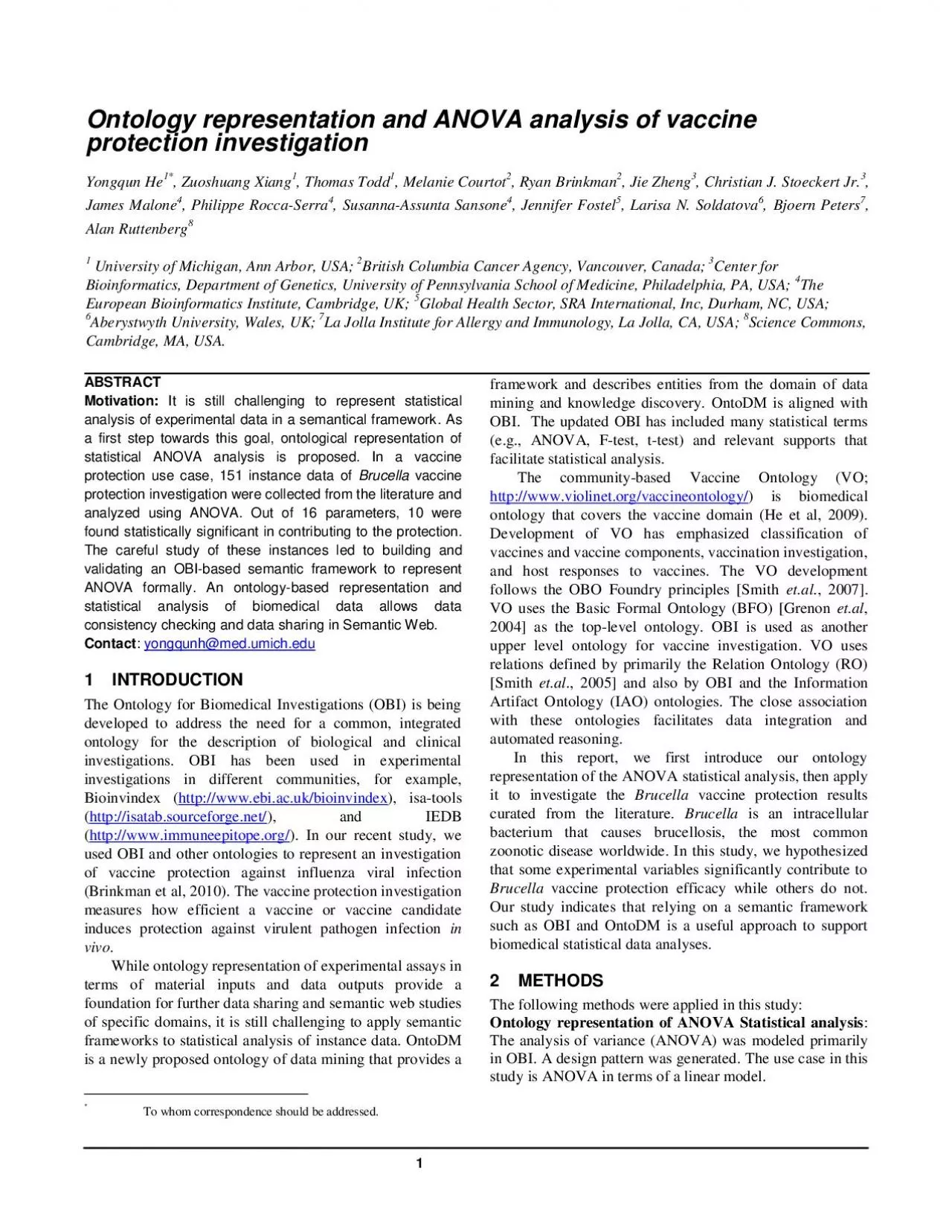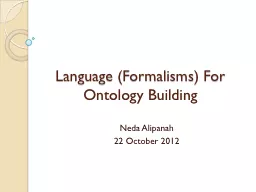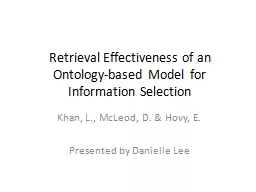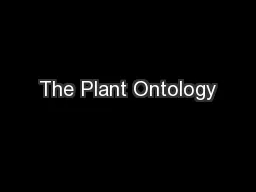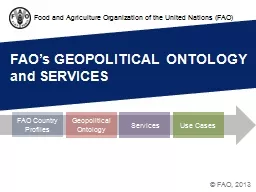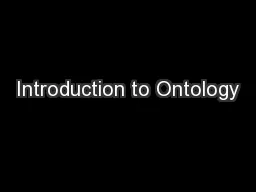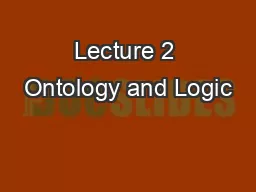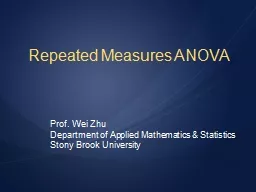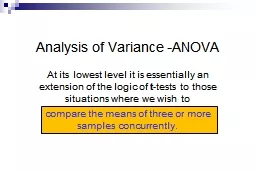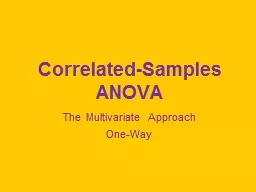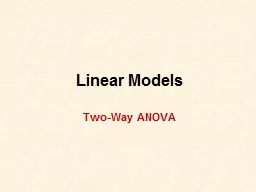PDF-Ontology representation and ANOVA analysis of vaccine
Author : jasmine | Published Date : 2021-09-23
1protection investigationYongqun He1Zuoshuang Xiang1 Thomas Todd1 Melanie Courtot2 Ryan Brinkman2Jie Zheng3ChristianJ StoeckertJr3James Malone4Philippe RoccaSerra4SusannaAssunta
Presentation Embed Code
Download Presentation
Download Presentation The PPT/PDF document "Ontology representation and ANOVA analys..." is the property of its rightful owner. Permission is granted to download and print the materials on this website for personal, non-commercial use only, and to display it on your personal computer provided you do not modify the materials and that you retain all copyright notices contained in the materials. By downloading content from our website, you accept the terms of this agreement.
Ontology representation and ANOVA analysis of vaccine: Transcript
Download Rules Of Document
"Ontology representation and ANOVA analysis of vaccine"The content belongs to its owner. You may download and print it for personal use, without modification, and keep all copyright notices. By downloading, you agree to these terms.
Related Documents

